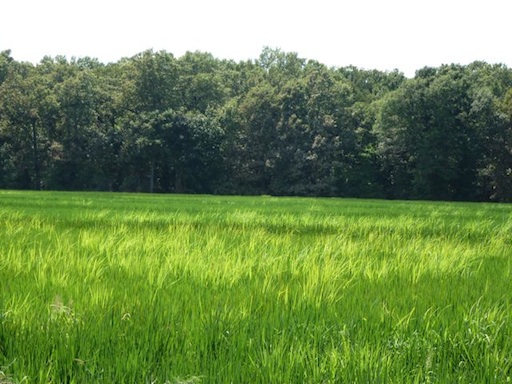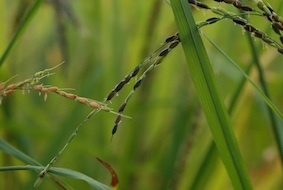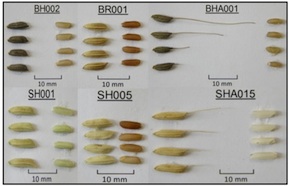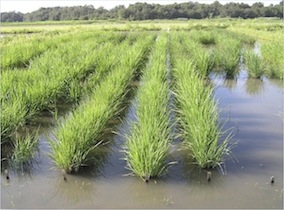Project Overview

Red rice is an aggressive, weedy form of cultivated rice that infests crop fields and is a primary factor limiting rice productivity in the U.S. and worldwide. As the weedy relative of a genomic model species, red rice is supremely suited to serve as a model for understanding the processes by which weediness emerges in agricultural settings. Previous work by this research group has revealed that red rice in the U.S. has arisen twice independently, in both cases from Asian domesticated rice. This project (NSF award IOS-1032023) will further examine several complementary aspects of red rice evolution in three broad aims.
 First, leveraging current information about U.S. red rice origins, the project will examine the genetic basis by which weedy traits emerge. Candidate weedy genomic regions will be identified through comparison of whole-genome sequences of U.S. weedy rice strains with their putative cultivated ancestors, and through genetic analyses of weed-crop crosses.
First, leveraging current information about U.S. red rice origins, the project will examine the genetic basis by which weedy traits emerge. Candidate weedy genomic regions will be identified through comparison of whole-genome sequences of U.S. weedy rice strains with their putative cultivated ancestors, and through genetic analyses of weed-crop crosses.
 Second, the project will determine how the weed's origin and population structure compare among four world regions (South Asia, Southeast Asia, Northeast Asia, North America) that differ in the presence/absence of reproductively compatible wild species and in the predominant locally cultivated rice variety.
Second, the project will determine how the weed's origin and population structure compare among four world regions (South Asia, Southeast Asia, Northeast Asia, North America) that differ in the presence/absence of reproductively compatible wild species and in the predominant locally cultivated rice variety.
 Third, the project will assess how recent shifts in U.S. agriculture towards the use of imidazolinone (IMI) herbicide-resistant rice varieties is affecting the emergence of herbicide-resistant red rice. Specifically, the project will determine the relative roles of crop-weed gene flow vs. spontaneous mutation in the creation of IMI–resistant weedy rice.
Third, the project will assess how recent shifts in U.S. agriculture towards the use of imidazolinone (IMI) herbicide-resistant rice varieties is affecting the emergence of herbicide-resistant red rice. Specifically, the project will determine the relative roles of crop-weed gene flow vs. spontaneous mutation in the creation of IMI–resistant weedy rice.
